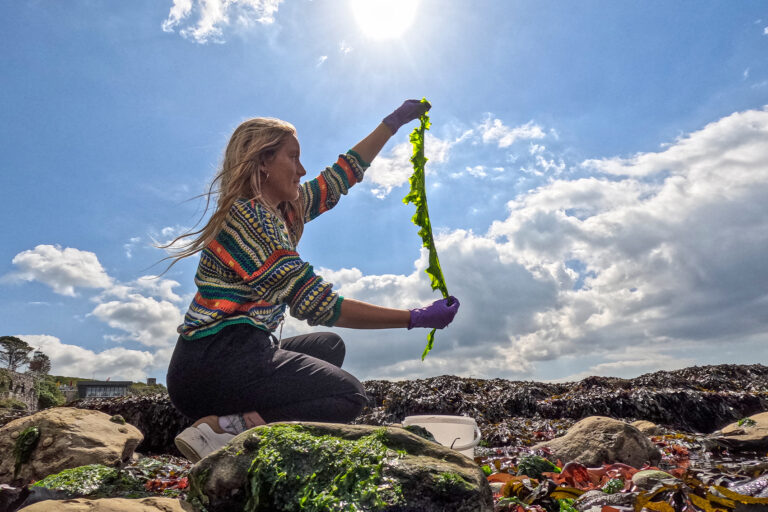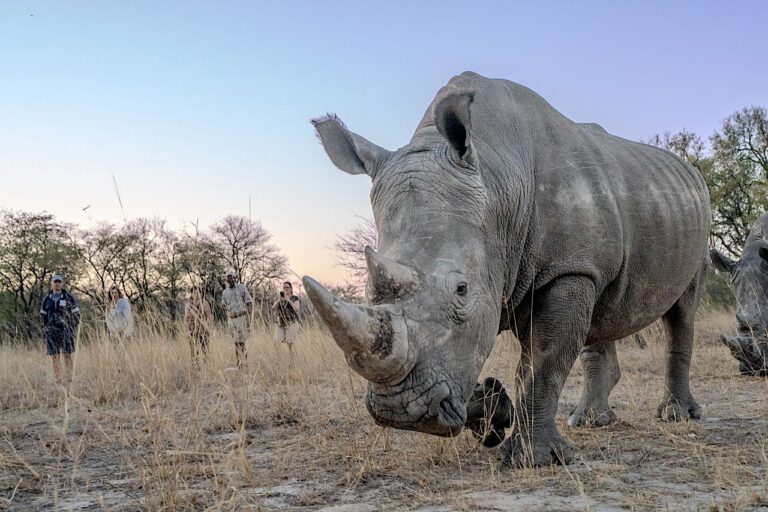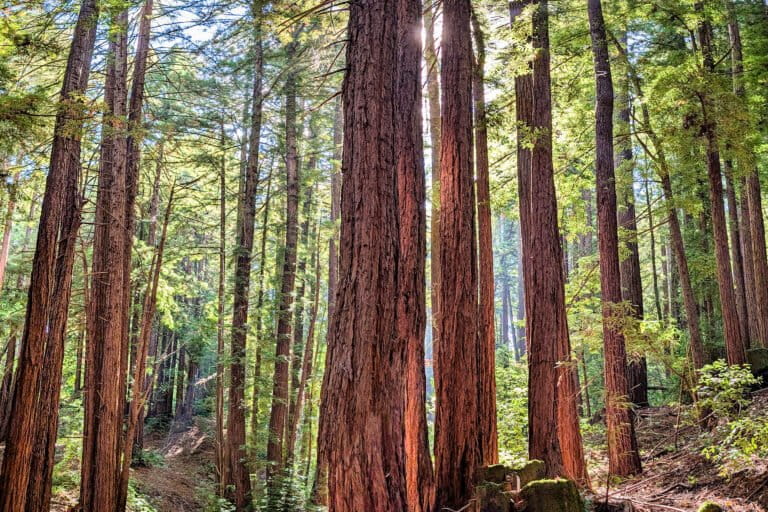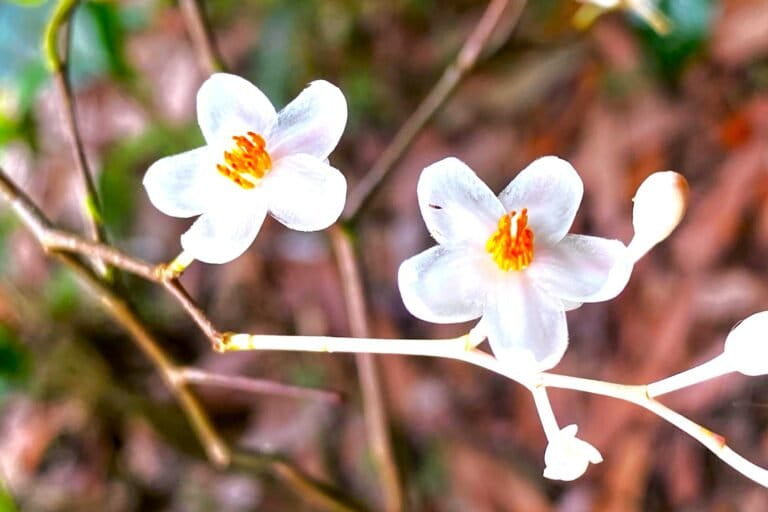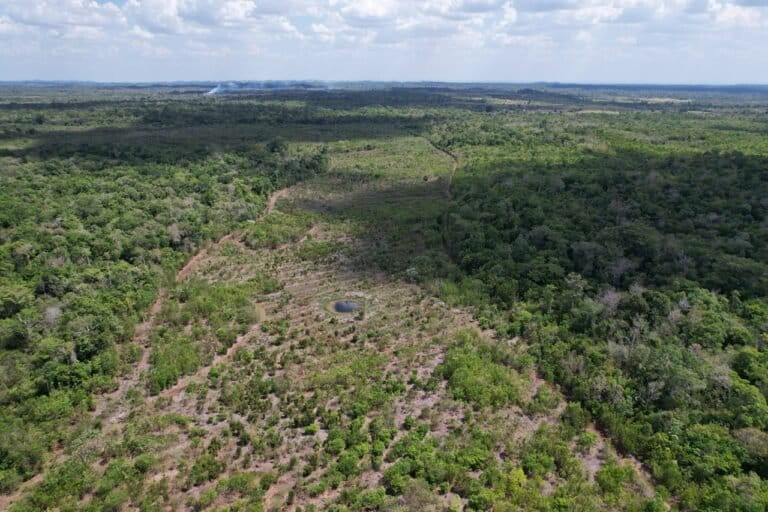Once threatened by palm oil and loggers, Cameroon’s forests now face a new driver of deforestation: booming cacao production to supply the European market.
A new report by the environmental advocacy group Mighty Earth finds deforestation in Cameroon has accelerated, with the country losing around 782,000 hectares (1.9 million acres), or 4.2% of its forest cover, in just five years since 2020.
Previously, Cameroon lost about 6% of its forest cover across two decades from 2000-2020, mainly to logging and palm oil production, according to the U.N. Food and Agriculture Organization.
At least half of the recent forest loss since 2020 occurred in cacao-growing regions, Mighty Earth found.
“With the projected growth of the cocoa industry that could really continue to increase,” Thea Parson, report co-author from Mighty Earth, told Mongabay in an interview.
In January 2025, Mighty Earth’s Cameroonian partners surveyed cacao-producing areas in Littoral province in the southwest using satellite alerts and field investigations and found that deforestation for cacao plantations is ongoing.
In Nkondjock district near Ebo National Park, for example, home to critically endangered western lowland gorillas (Gorilla gorilla gorilla) and forest elephants (Loxodonta cyclotis), the team documented fresh forest clearance and newly planted cacao saplings.
Europe is Cameroon’s biggest buyer of cocoa, the processed form of the cacao bean, so the recent deforestation for cacao cultivation puts many farmers on a collision course with the EU Deforestation Regulation (EUDR). The critical legislation, due to take effect at the end of 2025, requires importers to ensure their products aren’t sourced from forests cleared after Dec. 31, 2020.
But awareness of the EUDR among Cameroonian farmers remains low.
“On the whole, it seems like the support that farmers are receiving for the EUDR and their readiness isn’t where it needs to be for the regulation to be implemented later this year,” Parson told Mongabay.
The industry’s reliance on unregulated middlemen, or coxeurs, also poses a challenge for the EUDR’s traceability requirement. Farmers favor coxeurs for prompt, albeit low payments, and traders value their ability to source high-quality beans cheaply. However, as the commodity changes hands several times via these coxeurs before reaching exporters, beans from freshly deforested areas may be mixed with those from older farms, undermining transparency.
Parson said one recommendation they’ve made is for relationships between farmers and companies to be strengthened, and for coxeurs — if they’re to remain relevant — to be regulated or formalized into the supply chain better.
The stakes are high. In Côte d’Ivoire, cacao-driven conversion of rainforest has devastated biodiversity. But Cameroon’s geography may help prevent large-scale deforestation, according to Luca Luiselli, an ecology professor at Togo’s University of Lomé, who wasn’t part of the report.
“The forest landscape in Cameroon is much more mountainous, and so the access for creating large plantations is much more difficult,” Luiselli told Mongabay.
Banner image: Deforested land in Nkondjock district with newly planted cacao saplings. Image courtesy of Communauté et Développement Durable (CODED), Cameroon.








